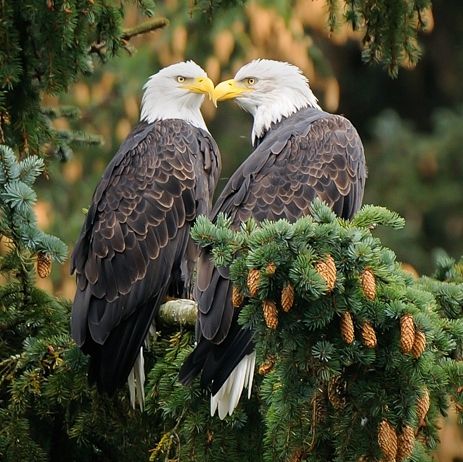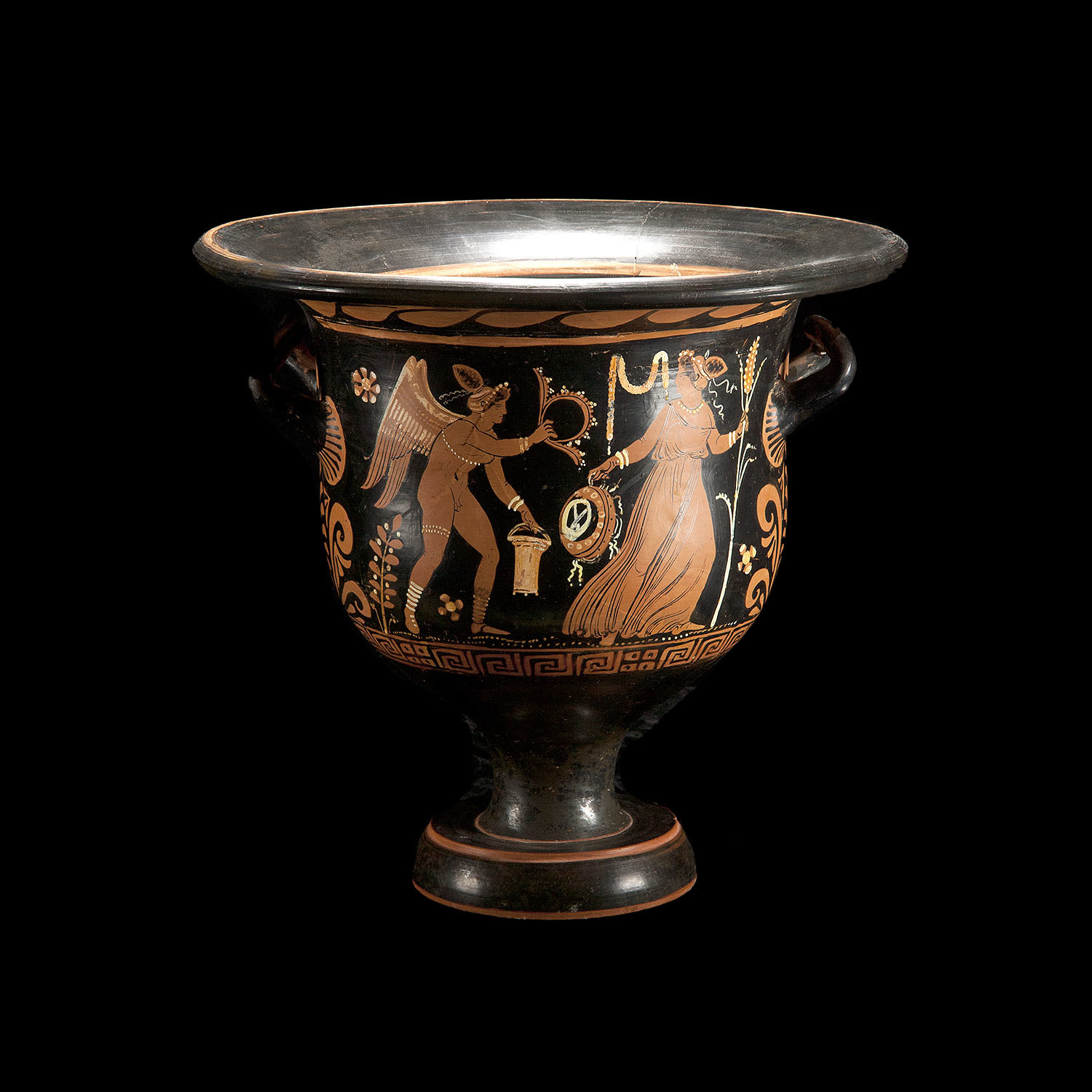Beetow
Member
- Dec 14, 2024
- 1,087
- 94
- Thread starter
- #101
.
● Gen 13:18b . . and he built an altar there to The Lord.
Abram's altars testify to the fact that his worship wasn't restricted to a special
location. Later; Moses' law would do that very thing; but Abram wasn't under its
jurisdiction so he was at liberty to sacrifice whenever, and wherever, it pleased
him. This is an important Bible axiom; viz: law cannot be broken where it doesn't
exist. (Rom 4:15, Rom 5:13, Gal 3:17)
● Gen 14:1 . . Now, when King Amraphel of Shinar, King Arioch of Ellasar, King
Chedorlaomer of Elam, and King Tidal of nations.
Shinar was the whole of Babylonia; Ellasar was the leading tribe in its southern
part; and Elam was the original kingdom of Persia.
* The Hebrew word for "nations" is gowy (go'-ee) a word wielded by some Jews as
a racial epithet to indicate non-Jewish peoples, i.e. Gentiles. But gowy isn't really all
that specific. The people of Israel are called gowy at Gen 18:18, and Jacob, the
father of the twelve tribes, is called a gowy at Gen 25:23. Gowy really just simply
indicates a congregating; e.g. a herd of animals and/or a horde of locusts; which when
extended, indicates a particular people; e.g. Iroquois, Maya, Inuit, Chinese, Pacific
Islanders, Japanese, and/or Arabs, et al.
Mr. Tidal was probably the chief of a large confederacy consisting of mongrel, multi
racial people; possibly a tribal area in northeastern Babylonia. America is a perfect
example of Tidal's confederacy because it's a melting pot of assimilation,
intermarriage, and diverse races, cultures, languages, and nationalities. The only
true Americans in America are its indigenous peoples. Everybody else is either an
immigrant or the posterity of an immigrant.
● Gen 14:2 . . made war on King Bera of Sodom, King Birsha of Gomorrah, King
Shinab of Admah, King Shemeber of Zeboiim, and the king of Bela, which is Zoar,
None of these men were "kings" in the fashion that we today think of royalty. They
were more like mayors, sheiks, or chieftains. And they didn't actually have
extensive realms; nor very much jurisdiction beyond the very community each one
dominated.
Canaanite cities weren't really serious municipalities; but rather more like fortified
hamlets-- much like the strategic villages in Viet Nam; except that just about all
Canaanite towns were enclosed within stone walls made of rough boulders about six
feet in diameter. Archaeologists call this type of wall a Cyclops wall. The boulder
walls were usually combined with an escarpment and reinforced with earthen
revetments.
Canaanite towns doubled as forts; places of refuge in time of danger, whether from
sudden attack by nomadic bands or from civil wars among the Canaanites
themselves. Towering perimeter walls invariably enclosed small areas, not much
bigger than Ste. Peter's Square in Rome. Each of these town-forts had a water
supply, but weren't really suitable for housing large populations in permanent
homes.
Inside the walls lived only the chieftain, the aristocracy, wealthy merchants, and
even sometimes Egyptian representatives. The rest of the inhabitants of the
township-- the ranchers and farmers, the vassals and the servants and the serfs--
lived outside the walls; often in tents or simple mud hogans or wattle huts.
Abraham, Isaac, and Jacob all lived in tents; viz: pavilions.
In Tell el-Hesi, probably Eglon, the town proper was just over an acre. In Tell es
Safi, formerly Gath, it was twelve acres. In Tell el-Zakariyah, formerly Megiddo, the
same amount. Gezer, on the road from Jerusalem to Jaffa, occupied just over
twenty acres. Even in the more built up area of Jericho, the inner fortified wall, the
Acropolis proper, enclosed a space of little more than five acres; yet Jericho was an
important city and one of the strongest fortresses in the country.
So the five cities of the Plain were nothing to brag about-- well, maybe in their day
they might have been notable enough amongst their contemporaries.
● Gen 14:3 . . all the latter joined forces at the Valley of Siddim, now the Salt Sea.
In its early geological history; the valley was home to the Sedom Lagoon. Back
then, water from the Red Sea was able to ebb in and out of the lagoon because the
region hasn't always been land-locked like it is today. At one time the Jordan River
had an easy outlet to the gulf of Aqaba. But over time, tectonic forces altered the
region; preventing drainage into the gulf and trapping water in a huge basin from
which they cannot now escape.
_
● Gen 13:18b . . and he built an altar there to The Lord.
Abram's altars testify to the fact that his worship wasn't restricted to a special
location. Later; Moses' law would do that very thing; but Abram wasn't under its
jurisdiction so he was at liberty to sacrifice whenever, and wherever, it pleased
him. This is an important Bible axiom; viz: law cannot be broken where it doesn't
exist. (Rom 4:15, Rom 5:13, Gal 3:17)
● Gen 14:1 . . Now, when King Amraphel of Shinar, King Arioch of Ellasar, King
Chedorlaomer of Elam, and King Tidal of nations.
Shinar was the whole of Babylonia; Ellasar was the leading tribe in its southern
part; and Elam was the original kingdom of Persia.
* The Hebrew word for "nations" is gowy (go'-ee) a word wielded by some Jews as
a racial epithet to indicate non-Jewish peoples, i.e. Gentiles. But gowy isn't really all
that specific. The people of Israel are called gowy at Gen 18:18, and Jacob, the
father of the twelve tribes, is called a gowy at Gen 25:23. Gowy really just simply
indicates a congregating; e.g. a herd of animals and/or a horde of locusts; which when
extended, indicates a particular people; e.g. Iroquois, Maya, Inuit, Chinese, Pacific
Islanders, Japanese, and/or Arabs, et al.
Mr. Tidal was probably the chief of a large confederacy consisting of mongrel, multi
racial people; possibly a tribal area in northeastern Babylonia. America is a perfect
example of Tidal's confederacy because it's a melting pot of assimilation,
intermarriage, and diverse races, cultures, languages, and nationalities. The only
true Americans in America are its indigenous peoples. Everybody else is either an
immigrant or the posterity of an immigrant.
● Gen 14:2 . . made war on King Bera of Sodom, King Birsha of Gomorrah, King
Shinab of Admah, King Shemeber of Zeboiim, and the king of Bela, which is Zoar,
None of these men were "kings" in the fashion that we today think of royalty. They
were more like mayors, sheiks, or chieftains. And they didn't actually have
extensive realms; nor very much jurisdiction beyond the very community each one
dominated.
Canaanite cities weren't really serious municipalities; but rather more like fortified
hamlets-- much like the strategic villages in Viet Nam; except that just about all
Canaanite towns were enclosed within stone walls made of rough boulders about six
feet in diameter. Archaeologists call this type of wall a Cyclops wall. The boulder
walls were usually combined with an escarpment and reinforced with earthen
revetments.
Canaanite towns doubled as forts; places of refuge in time of danger, whether from
sudden attack by nomadic bands or from civil wars among the Canaanites
themselves. Towering perimeter walls invariably enclosed small areas, not much
bigger than Ste. Peter's Square in Rome. Each of these town-forts had a water
supply, but weren't really suitable for housing large populations in permanent
homes.
Inside the walls lived only the chieftain, the aristocracy, wealthy merchants, and
even sometimes Egyptian representatives. The rest of the inhabitants of the
township-- the ranchers and farmers, the vassals and the servants and the serfs--
lived outside the walls; often in tents or simple mud hogans or wattle huts.
Abraham, Isaac, and Jacob all lived in tents; viz: pavilions.
In Tell el-Hesi, probably Eglon, the town proper was just over an acre. In Tell es
Safi, formerly Gath, it was twelve acres. In Tell el-Zakariyah, formerly Megiddo, the
same amount. Gezer, on the road from Jerusalem to Jaffa, occupied just over
twenty acres. Even in the more built up area of Jericho, the inner fortified wall, the
Acropolis proper, enclosed a space of little more than five acres; yet Jericho was an
important city and one of the strongest fortresses in the country.
So the five cities of the Plain were nothing to brag about-- well, maybe in their day
they might have been notable enough amongst their contemporaries.
● Gen 14:3 . . all the latter joined forces at the Valley of Siddim, now the Salt Sea.
In its early geological history; the valley was home to the Sedom Lagoon. Back
then, water from the Red Sea was able to ebb in and out of the lagoon because the
region hasn't always been land-locked like it is today. At one time the Jordan River
had an easy outlet to the gulf of Aqaba. But over time, tectonic forces altered the
region; preventing drainage into the gulf and trapping water in a huge basin from
which they cannot now escape.
_




